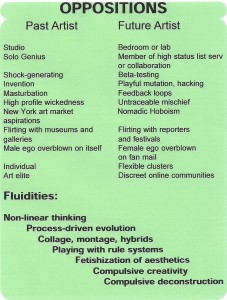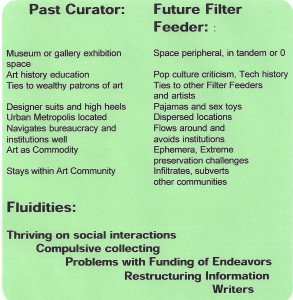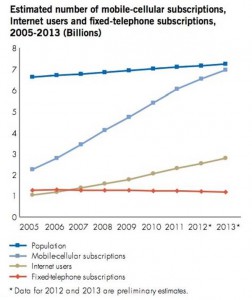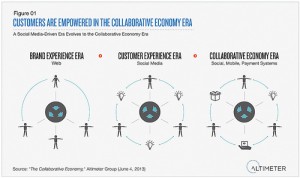
Back in 2003 visionary artist Anne-Marie Schleiner wrote an inspiring paper entitled “Fluidities and Oppositions among Curators, Filter Feeders and Future Artists” describing the future role of online curators as nature's own filter feeders. Anne-Marie is clearly referring to curators to and filter feeder in art world, but her rightful intuitions are equivalently applicable to the larger world of information, data, digital and content curation as well.
But let me explain better.

First. The term “filter feeders” is used in nature to describe a group of animals which thrives on its ability to filter organic matter floating around them. From Wikipedia: “Filter feeders are animals that feed by straining suspended matter and food particles from water, typically by passing the water over a specialized filtering structure. Some animals that use this method of feeding are clams, krill, sponges, baleen whales, and many fish (including some sharks). Some birds, such as flamingos, are also filter feeders. Filter feeders can play an important role in clarifying water, and are therefore considered ecosystem engineers.” From Wikipedia: “In marine environments, filter feeders and plankton are ecosystem engineers because they alter turbidity and light penetration, controlling the depth at which photosynthesis can occur.[4]”

Second. If you re-read this last sentence slowly and look at what it could mean if applied to the field of content curation, it would read to me something like this: “In large information ecosystems like the web, filter feeders/content curators and content itself are ecosystem engineers because they: a) directly influence our ability to inform ourselves effectively and to discern truth from false and useless info (turbidity) b) shed light and clarity on different subjects which would otherwise remain obscure (light penetration) c) determine our ability to make sense of our own generated information streams (photosynthesis).” A very inspiring parallel indeed, giving a way to visualize the true importance and role that curation, disenfranchised from the confines of museums and art galleries, could have on the planetary information ecosystem. Anne-Marie writes: “Most web sites contain hyperlinks to other sites, distributed throughout the site or in a “favorites” section. Each of these favorite links sections serves as a kind of gallery, remapping other web sites as its own contents. Every web site owner is thus a curator and a cultural critic, creating chains of meaning through association, comparison and juxtaposition, parts or whole of which can in turn serve as fodder for another web site's “gallery.” Site maintainers become operational filter feeders, feeding of other filter feeders sites and filtering others' sites. Links are contextualized, interpreted and “filtered” through criticism and comments about them, and also by placement in the topology of a site. The deeper a link is buried, the harder it may be to find, the closer to the surface and the frontpage, the more prominent it becomes, as any web designer can attest to. I am what I link to and what I am shifts over time as I link to different sites… … In the process, I invest my identity in my collection – I become how I filter.” Anne-Marie vision (2003), pure and uninfluenced by what we have seen emerge in the last few years, paints a very inspiring picture of the true role of content curators and of the key responsibility they do hold for humanity's future. Inspiring. Visionary. Right on the mark. 10/10







